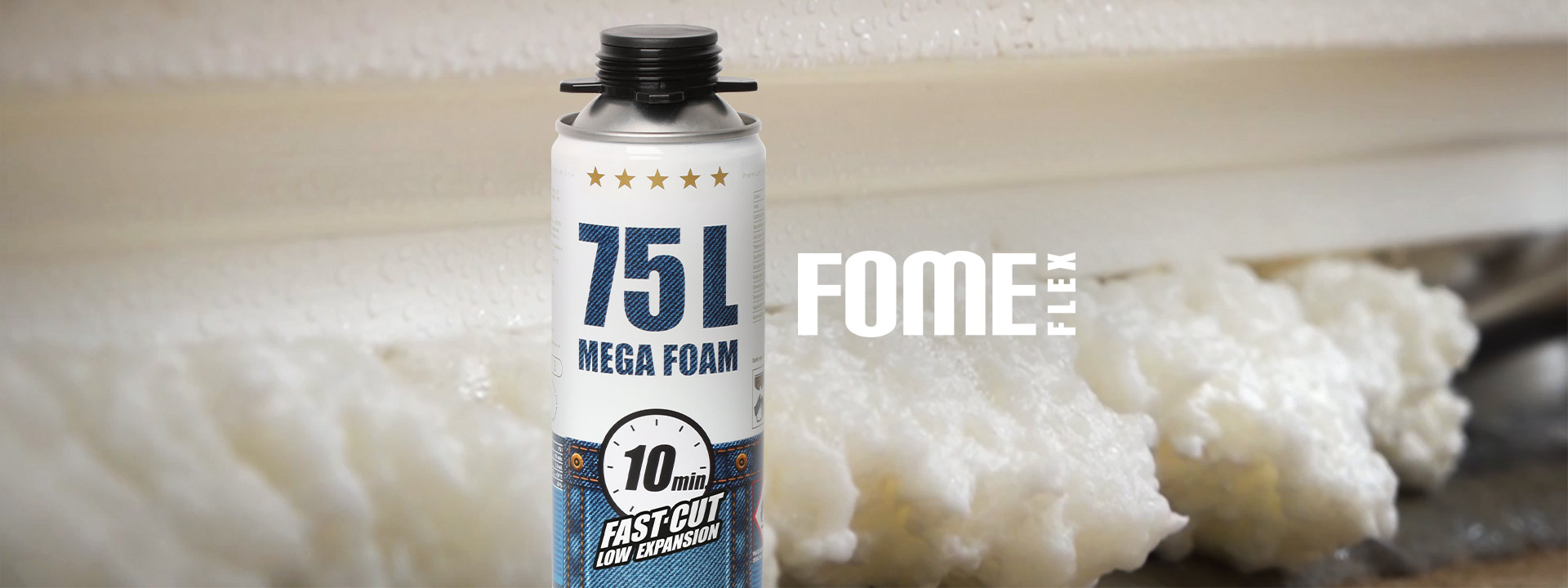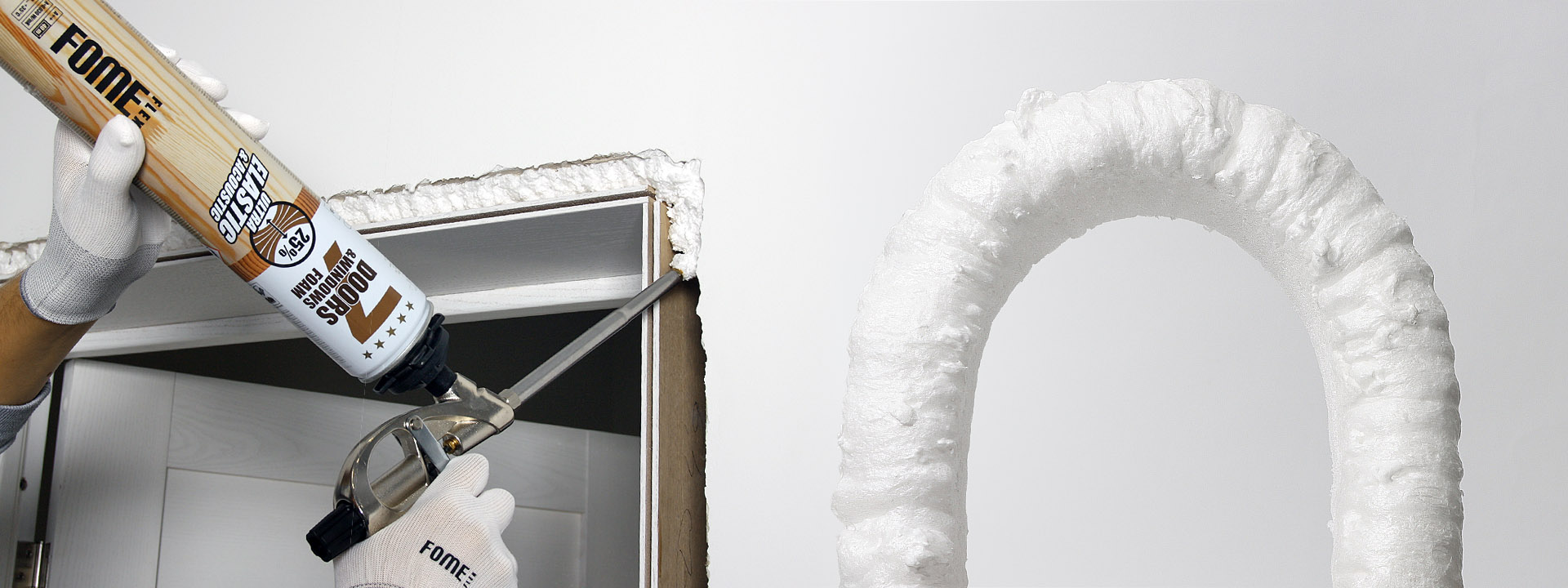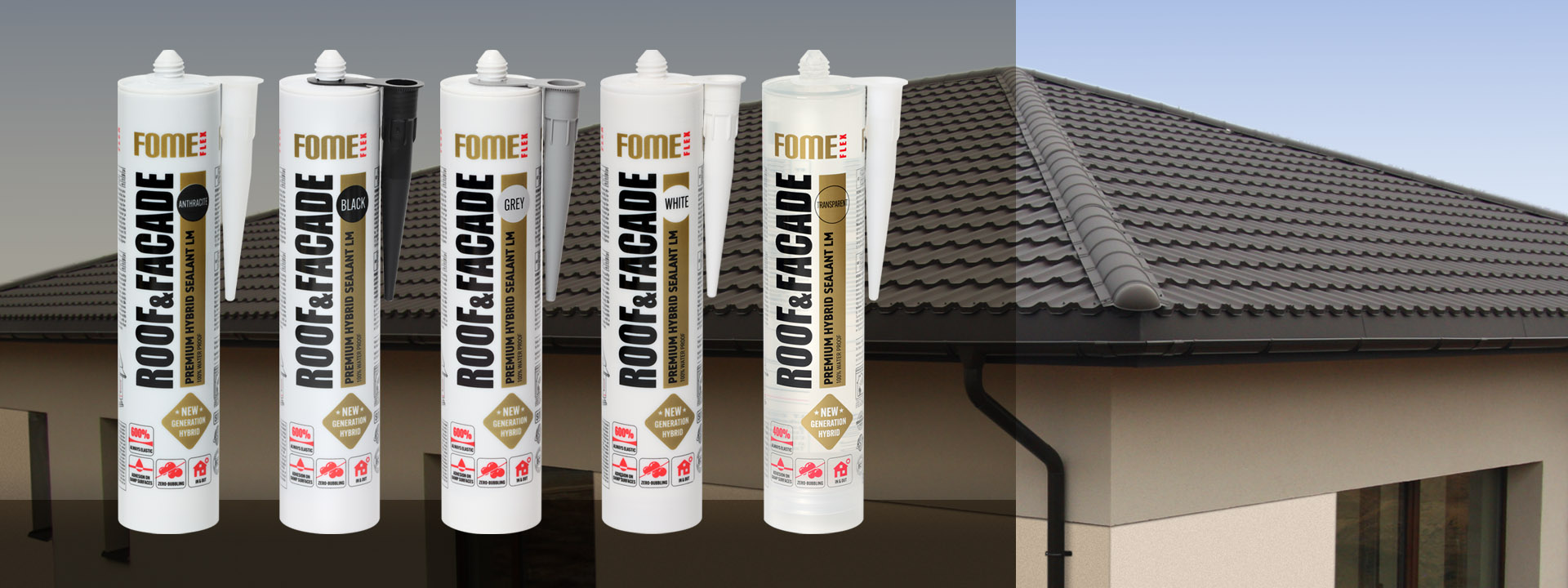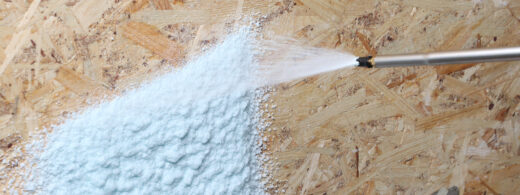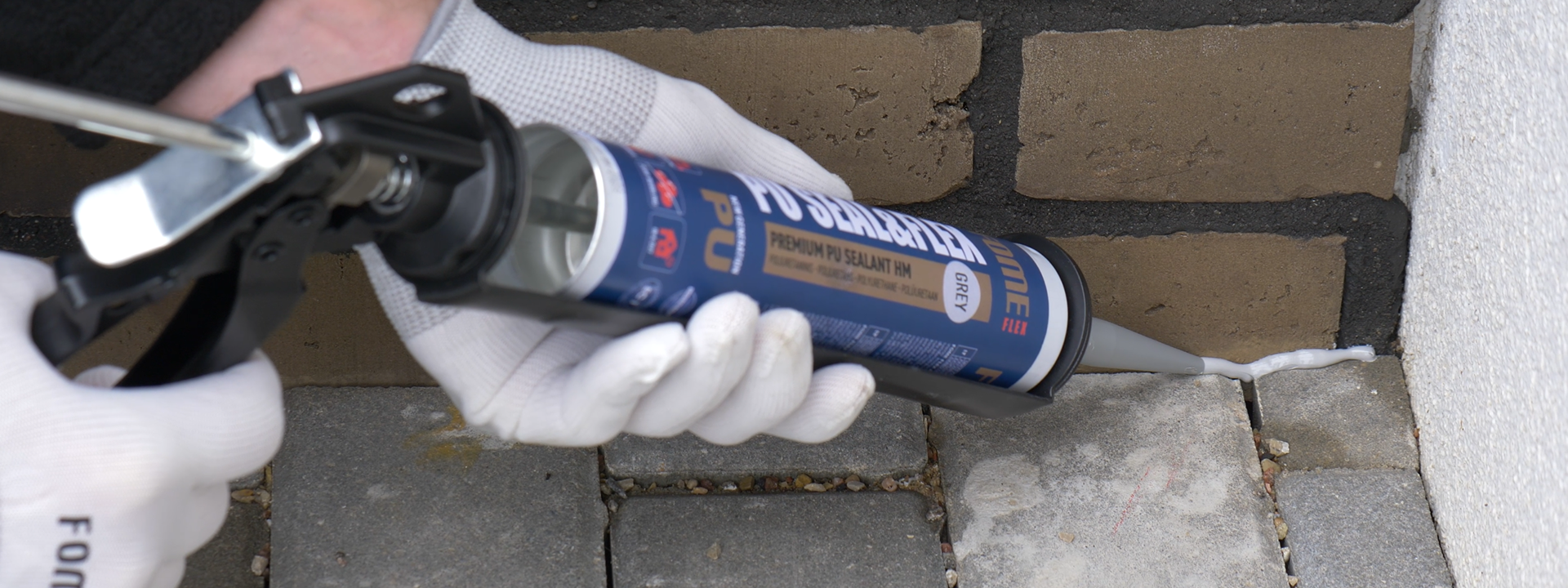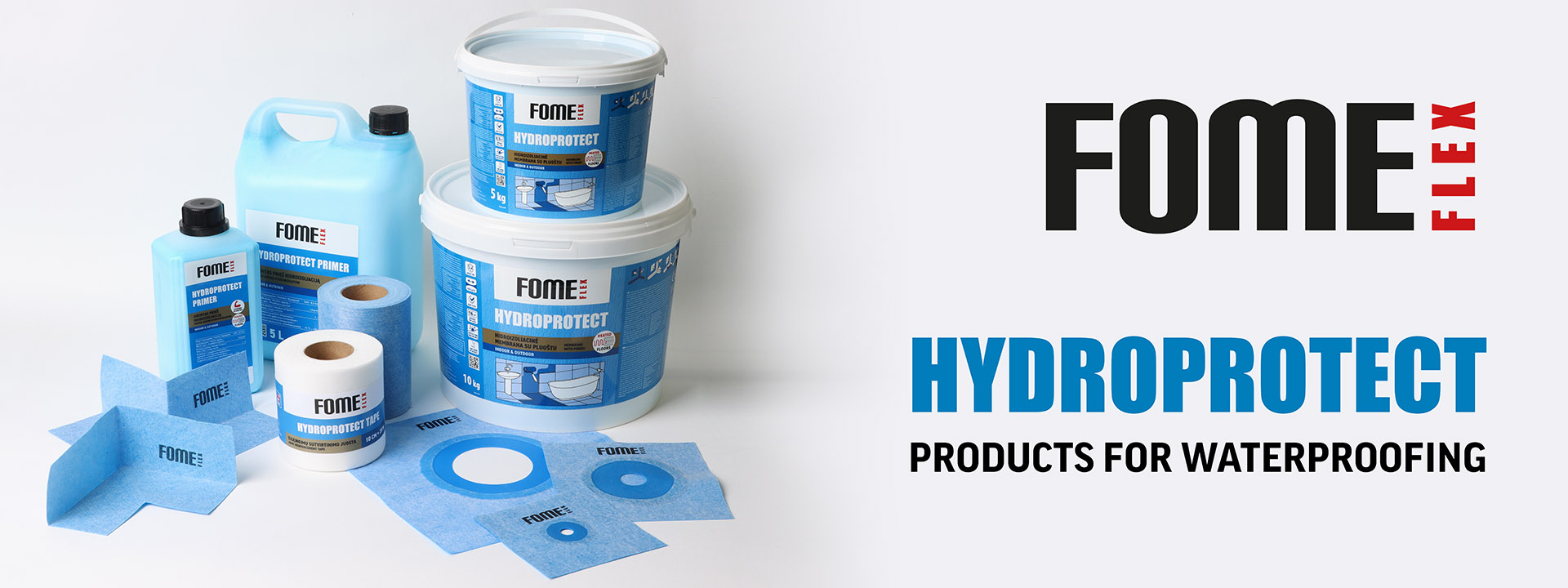
A waterproofing system product line that surpasses competitors: how did FOME FLEX HydroProtect earn the craftsmen trust?
If you need waterproofing works done before tiling in different rooms, home improvement professionals have a wide selection of products on the market for this need. However, craftsmen often complain about the poor elasticity of the products and the high price, which does not justify the quality. Tegra State noticed such trends and therefore decided to offer the market a slightly thicker membrane with a higher concentration of materials, which is closer to paste consistency. It is the product line of FOME FLEX HydroProtect waterproofing system. It offers a full range of quality, professional, and reliable products used before ceramic tiling works.
FOME FLEX HydroProtect is intended for craftsmen who want to perform waterproofing work in the bathroom, kitchen, laundries, sanitary, and other rooms before laying ceramic tiles. This product line is also suitable for heated floor designs. The range of the offered waterproofing system is very wide, so craftsmen can choose a comprehensive solution. The FOME FLEX HydroProtect system consists of a special primer, membrane, tape, corners, and sleeves.
The most important component of the FOME FLEX waterproofing system – the membrane – has excellent adhesion to substrate. It is elastic, quick drying, easy to apply, ready to use, and protects rooms from fungus and mold. After applying the product to the surfaces, the latter are also protected from the harmful effects of oils and fats. In addition, this membrane is one-component, fiber-reinforced, environmentally friendly, i.e. without solvents and plasticizers.
It is also important that both the FOME FLEX HydroProtect membrane and the FOME FLEX HydroProtect primer adhere reliably to the most common surfaces used for finishing works. These products can be applied on OSB, cement particle, gypsum fiber, and plasterboard panels, plaster, porous and plain concrete, masonry, stone, and screeds. FOME FLEX HydroProtect primer is also special. It contains additives that improve adhesion to the waterproofing membrane, and the product itself creates a light protection against moisture, is quick-drying, deeply penetrating and easy to apply.
FOME FLEX HydroProtect tape, corners, and sleeves are also unique. The products are strong, withstand water pressure of up to 3 bar. They’re also extremely elastic, with the tape alone having an elasticity of 106 percent transversely and 168 percent longitudinally.
FOME FLEX HydroProtect tape, corners and sleeves are designed to provide additional reinforcement in places where deformational tearing is possible. At the same time, they are used in the joints of floors, walls, and ceilings, for internal and external corners, and in places where pipes pass through.
Therefore, in order to carry out comprehensive and complete waterproofing of for example bathroom before tiling, FOME FLEX HydroProtect products will be completely enough for professional, high-quality, and smooth work of craftsmen. But what makes these products better than their counterparts on the market?
During the observation of the competitors and after analyzing the products, we noticed that home finish craftsmen are often disappointed by the low elasticity and high price, which does not justify the quality. Very often products equivalent to FOME FLEX HydroProtect are quite liquid. They contain a lot of water and the recommended application of two coats result in a rather thin final thickness of the membrane.
During the creation of the products of the FOME FLEX HydroProtect system, it was decided to make the membrane a little thicker. It has a higher concentration of waterproofing materials, so the consistency of the membrane is closer to that of a paste. These products are unique in that, once the water has evaporated, they will be able to create a truly solid and elasitc final membrane thickness of two layers. However, this does not affect the work. The membrane is easy to apply, can be worked with both a brush and a roller brush, and the product has a really high area coverage. Therefore, FOME FLEX HydroProtect surpassed its counterparts on the market and earned the trust of home finish professionals. These products, characterized by their unique advantages, are called today a reliable, high-quality, and effective choice for all craftsmen.


